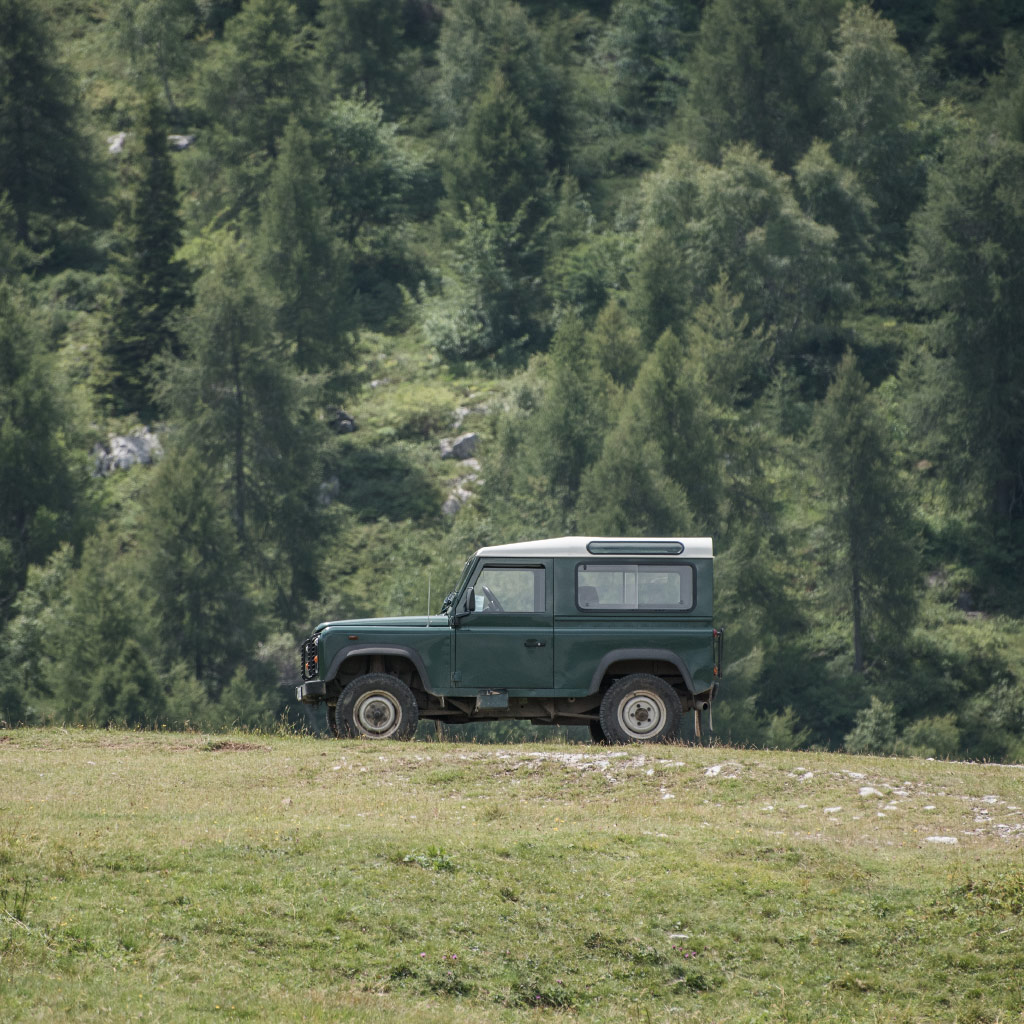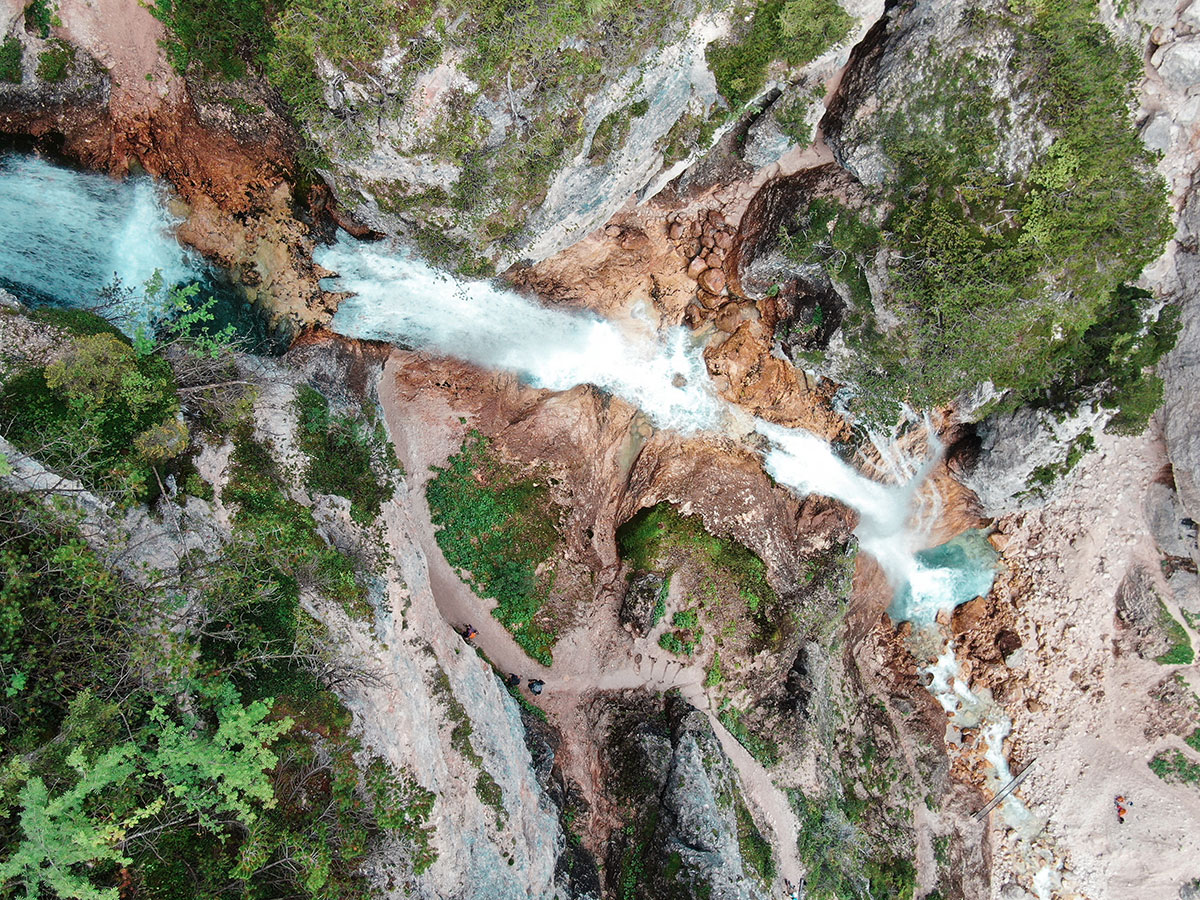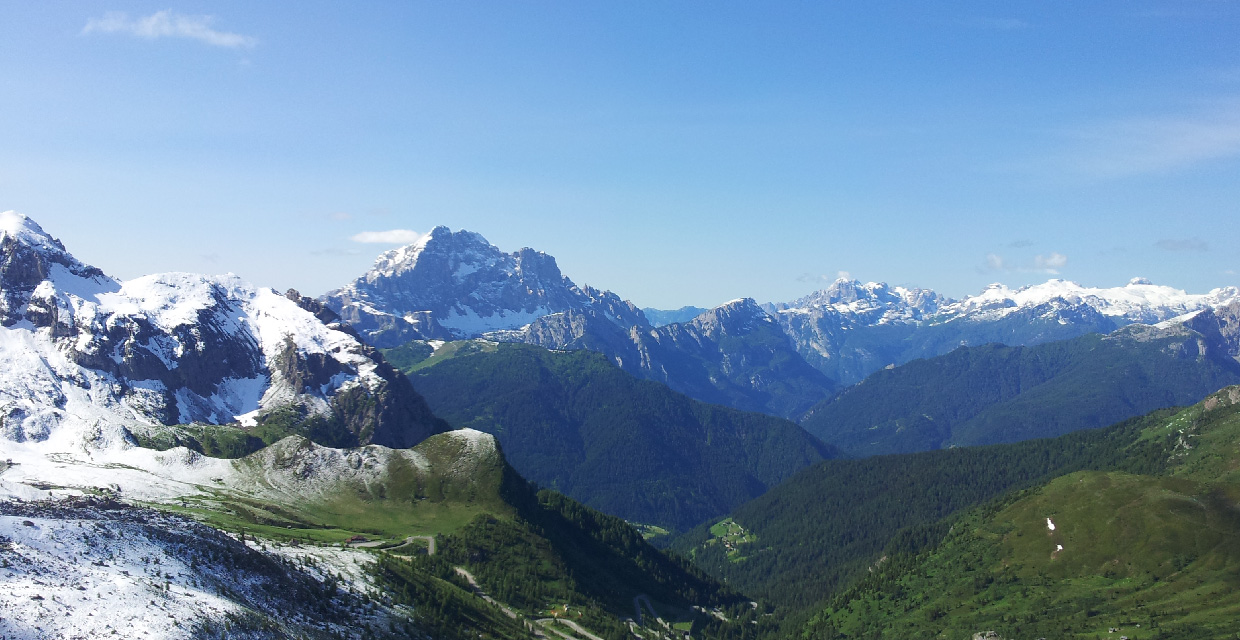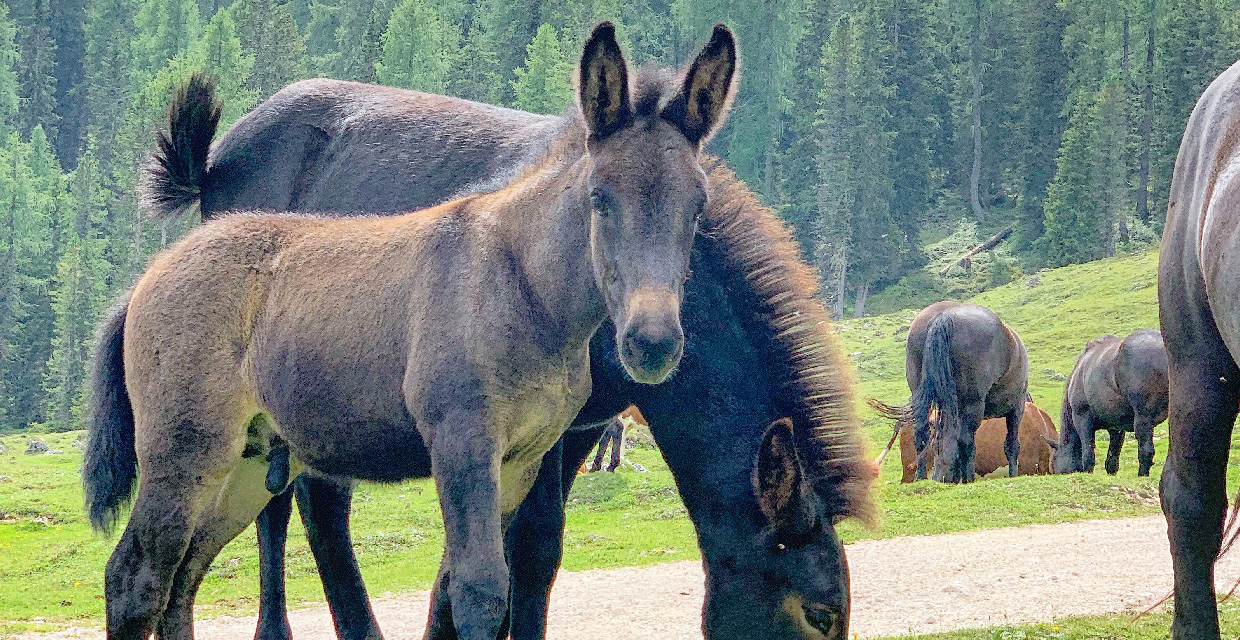The protected area
The protected area extends north toward the South Tyrolean park of Fanes, Senes and Braies, with which it forms one of the largest naturalistic areas in the heart of the Dolomites.
The protected area, which contains no residential settlements or ski facilities, includes the mountain ranges of the Tofana, Fanis, Col Bechei, Croda Rossa d’Ampezzo and Cristallo, divided by the valleys of Travenanzes, Fanes, Alta Valle del Boite and Felizon.
The park contains a wide variety of natural habitats in water and peat bogs, prairies and high altitude forests - some very ancient - and various types of rocky environments. The wide range of habitats, together with the low-level impact of forestry and pastoral areas which characterizes the management of the Regole, give rise to an unusually rich biodiversity
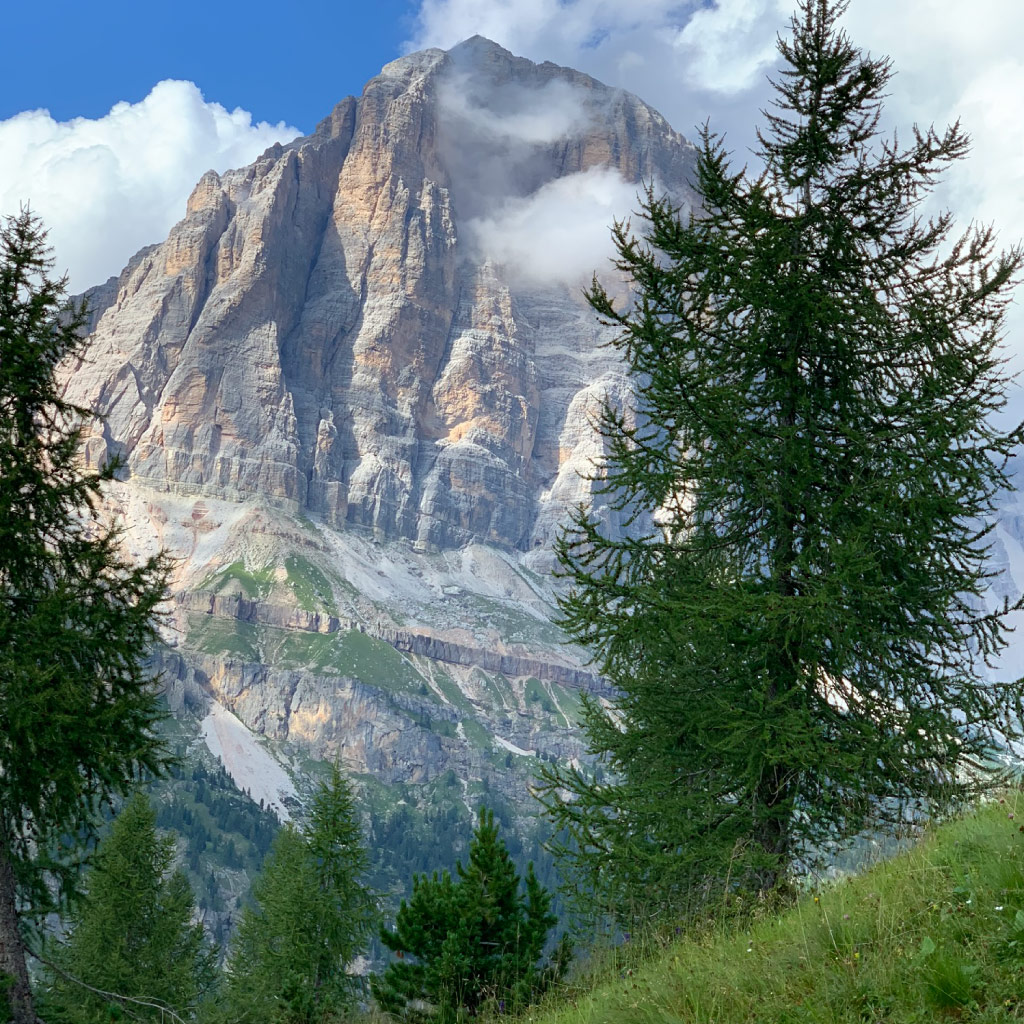
Fauna
160 species of vertebrate animals live in the park, including 31 species of mammals, 113 species of birds and 16 species of amphibians, reptiles and fish.
Some animals are easy to spot, such as marmots (see image), roe deer, deer, ibex, foxes, squirrels and eagles, as well as many small birds and birds of prey.
Other species are more difficult to come across as they hide in woods and in remote areas. These include the capercaillie, the ptarmigan, various types of owls, and white hares and rodents, such as the ermine and the dormouse.
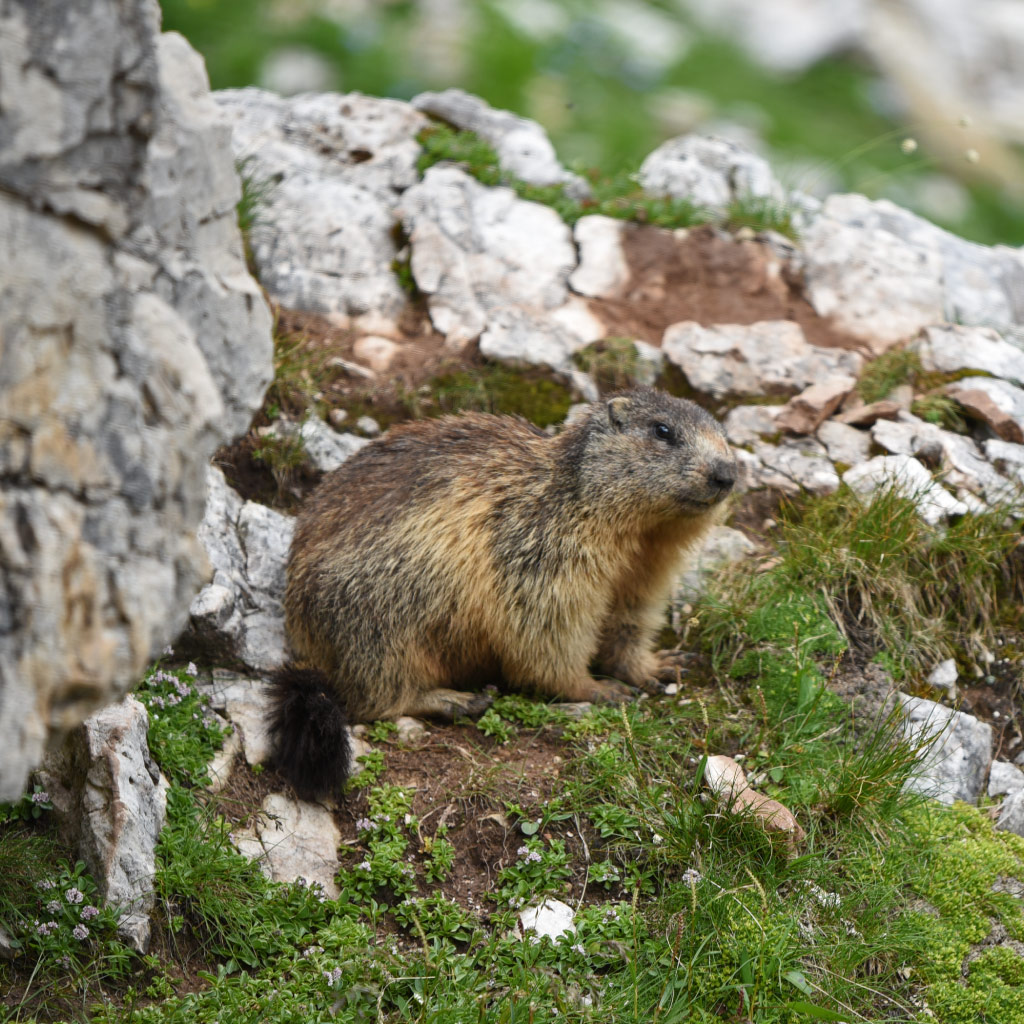
Flora
The park also contains a wide variety of plants with 68 species of trees and shrubs, 32 species of ferns and horsetails, and more than a thousand species of flowers, including 35 species of orchids and a dozen endemic species exclusive to the Dolomites.
Tourists and botanical enthusiasts from around the world visit the Dolomites to admire the flowering of the Scarpetta Madonna (Cypripedium calceolus), one of the most beautiful orchids in the European flora (see image).
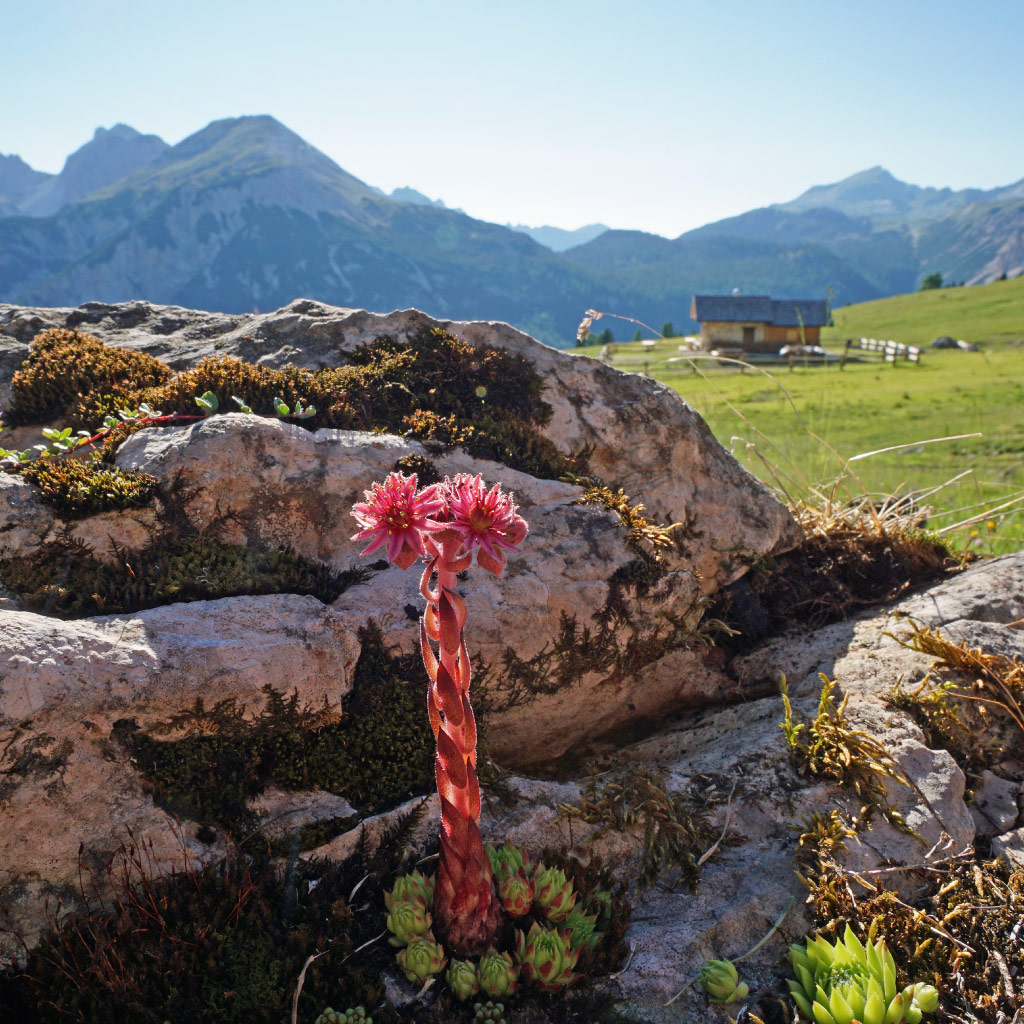
Off-road service
To and from the starting points of hikings, mountain huts and to move inside the natural park of the ampezzo dolomites.
